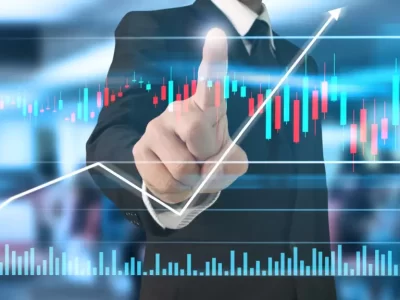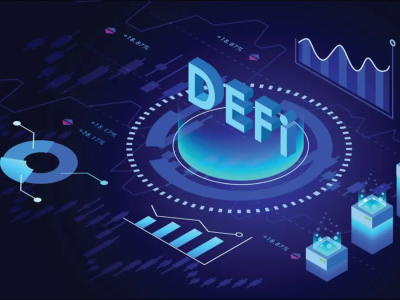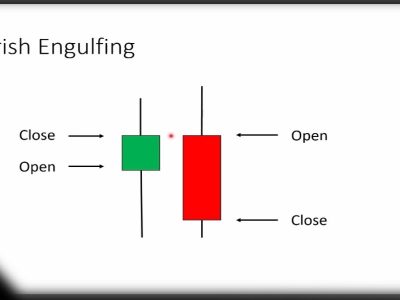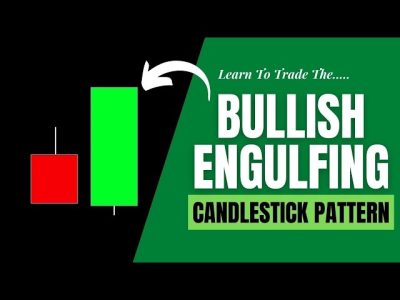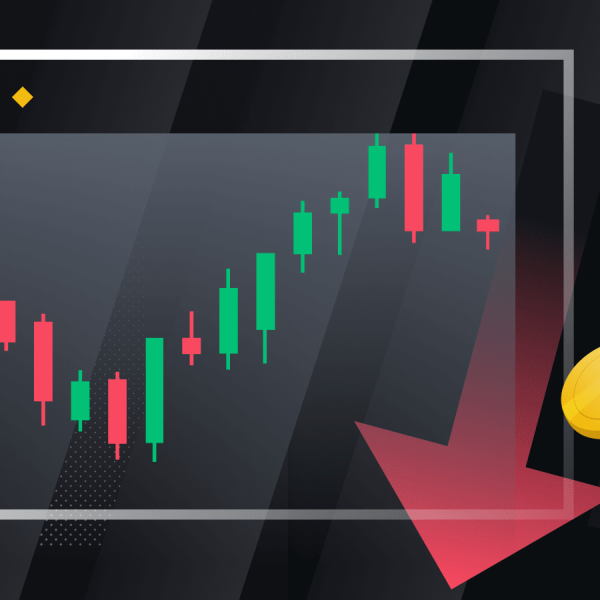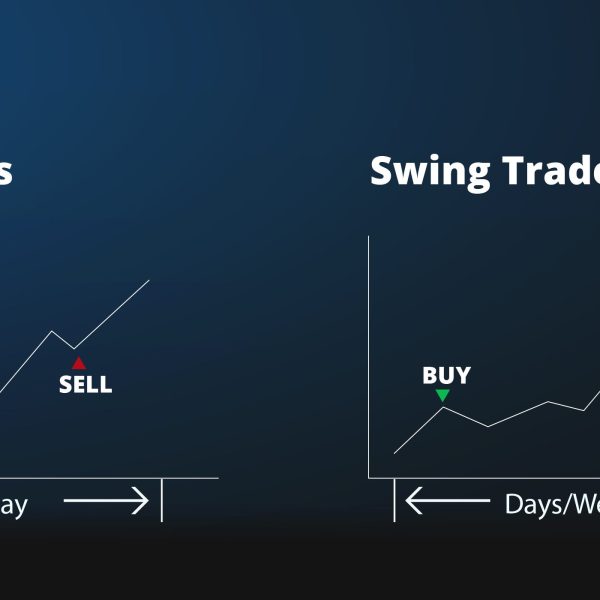An Equity ETF is a unique sort of shared asset or Exchange-Traded Fund (ETF) that puts resources into normal stocks, or “Equities,” rather than securities. As another financial backer, you might not have known about Equity reserves, yet finding out with regards to them ought to be toward the beginning of your monetary excursion.
You can also read: What is Yield Guild Games (YGG)?
Comprehend the essentials of how they work and how to put resources into them, and you will be more educated when you contribute.
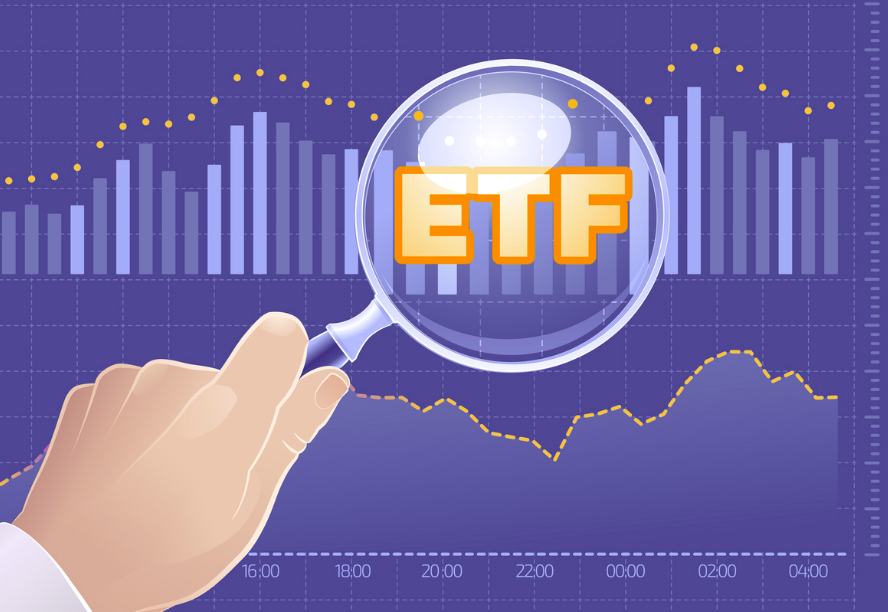
What is an Equity ETF?
Equity ETF address possession stakes in enterprises. Ordinary Equities might incorporate normal stock, favored stock, unfamiliar Equities and shut end reserves.
An ETF, or Exchange Traded Fund, is an assortment of protections like Equities, securities, and choices that is traded like a stock continuously on a stock trade. Most ETFs are not effectively made due, yet rather are intended to follow a record. Overall the cost proportions of ETFs are moderately low. Since it exchanges like a stock, an ETF doesn’t have its net resource esteem (NAV) determined each day like a common asset does.
The two Equities and ETFs can offer expected development from market cost appreciation; notwithstanding, they are likely to advertise instability and consequently, open to showcase Equity hazard and possible loss of head.
Trade exchanged reserves are liable to chances like those of stocks. Speculation returns will change and are likely to showcase unpredictability with the end goal that a financial backer’s portions, when reclaimed or sold, might be worth pretty much than their unique expense. Not at all like common assets, portions of ETFs are not separately redeemable straightforwardly with the ETF yet should be traded on a trade, similar to a singular Equity. ETFs are sold by plan. If it’s not too much trouble, consider the venture goals, dangers, charges and costs cautiously alongside your particular wellbeing contemplations prior to contributing.
How does an Equity ETF Work?
An Equity ETF conspire reduces to financial backers giving cash to an asset, which pools that cash and puts it in stocks, empowering financial backers to harvest the additions (or the misfortunes). The asset chooses the stocks in view of the goal and venture style, which can fluctuate generally.
For instance, assume that Fund A contributes in light of market capitalization and follows a development venture style. It could put resources into little-cap stocks, which will generally convey a more prominent potential for development and unpredictability than enormous-cap stocks.
The shared factor with all Equity reserves, notwithstanding, is capital appreciation, or an expansion in the speculation’s worth. Conversely, security reserves are intended to gather pay for the financial backer.
Kinds of Equity Funds
There are three significant sorts of these assets: those zeroed in on market capitalization, those zeroed in on geology, and those following a specific speculation style.
Equity Funds Focused on Market Capitalization
Market capitalization, or market cap, means that a business’ worth in view of offer cost and the quantity of extraordinary offers. Thusly, these are stock supports that target organizations of specific capitalization ranges, including:
Mega-cap Equity ETF
These assets put resources into loads of organizations with a market cap of $200 billion and more prominent, which are by and large industry pioneers. Think Apple (AAPL), and Google (or Alphabet, GOOG), and Tesla (TSLA).
Large-cap equity funds
One level beneath cap reserves are huge cap Equity supports that put resources into organizations with a market cap of between $10 billion and $200 billion, like General Electric (GE), Starbucks (SBUX), or Delta (DAL).
Mid-cap Equity ETFs
This Equity subsidizes target organizations with a market cap of $2 billion to $10 billion, similar to the footwear organization Crocs (CROX) or Spirit Airlines (SAVE).
Small-cap equity funds
These put resources into organizations with a market cap of $300 million to $2 billion, for example, the data innovation firm Unisys Corporation (UIS), however a considerable lot of these wouldn’t be commonly recognized names.
Micro-cap equity funds
These Equity reserves are put resources into minuscule public corporations with a market cap of between $50 million and $300 million.
Equity Funds Focused on Geography
These assets are put resources into organizations in at least one areas of the world and include:
Worldwide or overall Equity funds
These are put resources into stocks all over the planet, remembering those for the United States. They will quite often try not to make qualifications among homegrown and global resources, following any place the portfolio chief or speculation approach directs. Indeed, a portion of the assets hold as much as stock in U.S. firms as homegrown Equity reserves do.
Global Equity Funds
These abroad just assets put solely in stocks outside of the U.S.
Country or provincial Equity funds
These homegrown assets put resources into stocks exclusively in the nation of origin or district of the financial backer and guarantor. An asset that puts resources into China would be an illustration of a country Equity reserve; one that contributes all through Asia would be a local asset.
Equity Funds Focused on Investing Style
These are reserves that utilization one of four significant procedures while choosing stocks: the hierarchical technique, base up system, development methodology, or worth methodology. Significant instances of assets embracing every technique include:
Sector- or industry-specific equity funds: These assets like Equity ETF regularly utilize a hierarchical methodology where the best stocks in a specific industry or area are remembered for the asset. They can be engaging for the people who need to put their cash in specific kinds of organizations, which may not be an ill-conceived notion since specific businesses have created excessively exceptional yields for proprietors.
Equity income funds: These assets frequently utilize a base up system by which they look for responsibility for that deliver a huge profit, regularly independent of the area. These assets are intended to carry pay to the financial backer rather than simply capital development.
Growth funds: These subsidizes utilize the development technique, putting resources into stocks with a steady history of productivity and development, and are relied upon to continue to do as such, like those in the innovation areas.
Equity funds: These assets take on the worth methodology by which they try to purchase underestimated stocks that are relied upon to fill significantly in the future.
Instructions to Invest in Equity ETF
When you conclude you need to put resources into Equity ETF reserves, look at the asset contributions at significant suppliers before you purchase. By and large, you are searching for an Equity store that has:
- Low expenses, as estimated by the cost proportion and the absence of a deals load
- Practically zero turnover in the basic portfolio
- A contributing procedure or reasoning that you concur with
- A comprehensively broadened portfolio
- Portfolio directors that contribute a greater part of their total assets in similar resources close by you, getting the ball rolling
- An obviously characterized mission so you comprehend the sorts of resources it obtains, the explanation it secures them, and the explanation it sells them
- A background marked by consistent portfolio the executives
Additionally peruse online asset rankings. Whenever you’ve reduced your rundown of expected ventures, read the shared asset plan and articulation of extra data (SAI). These archives clarify how the common asset anticipates putting away your cash and give a large group of other significant data that can settle on arriving at an educated choice simpler.
Advantages and disadvantages of an Equity ETF
All ETFs have what is called a cost proportion, which is the expense you pay so an asset chief can, indeed, deal with the asset. Since inactively oversaw reserves take less work, they’re frequently less expensive.
One more advantage of putting resources into Equity ETFs is that, you might not need to pay a commission, expense, or an additional expense, when you trade shares. At the point when you open a Self-Directed Trading account with Ally Invest, you approach many without commission ETFs.
For those more up to date to the securities exchange or putting resources into general, ETFs can be more open ventures than something like a shared asset since they don’t have speculation essentials while contributing through an independent stage. You can purchase only one portion of an ETF in the first place in the event that you decide, and you’ll address the market cost of that offer. Shared assets, then again, regularly have a level venture least that, contingent upon the asset, might be two or three thousand dollars.
Assuming you like to be more distant with your exchanging, you can in any case put resources into Equity ETFs with as little as a $100 beginning venture. Our Robo Portfolios are expertly planned and incorporate a blend of minimal expense, expanded ETFs that line up with your time skyline, objectives, hazard resilience, and what makes the biggest difference to you – whether it’s contributing for money, charge enhancement, or social obligation.
What’s regularly supposed to be perhaps the greatest advantage of putting resources into Equity ETF is broadening. Enhancement is a gamble the board system that expects to reduce the impacts of market instability and make balance inside your portfolio by fanning out ventures across various or irrelevant resource classes and businesses. Equity ETFs can be a decent wellspring of expansion in a portfolio since they contain stock (or different resources) from a few organizations.
Presently, it is vital to comprehend that while the protections inside an ETF are expanded; putting just in Equity ETF does not ensure an enhanced portfolio. Think about it thusly: If you put resources into three distinct ETFs that all track records connected with the innovation area, and that industry faces a slump, each of your speculations could be contrarily impacted. In this way, don’t fall in the snare of accepting that ETFs guarantee your portfolio is completely broadened and adjusted.
FAQs
What is Equity and ETF?
Equity Exchange Traded Funds (ETFs) are basic venture items that join the adaptability of corporate share and the effortlessness of Equity common assets. Equity ETFs are uninvolved venture instruments that depend on lists and put resources into protections in same extent as the hidden list.
Are all ETFs considered Equity ETFs?
ETFs are not in fact equities all alone, however, a considerable lot of them pool equities. This implies numerous ETFs are comprised of equities. The meaning of an Equity is responsibility for stock or another sort of venture.



